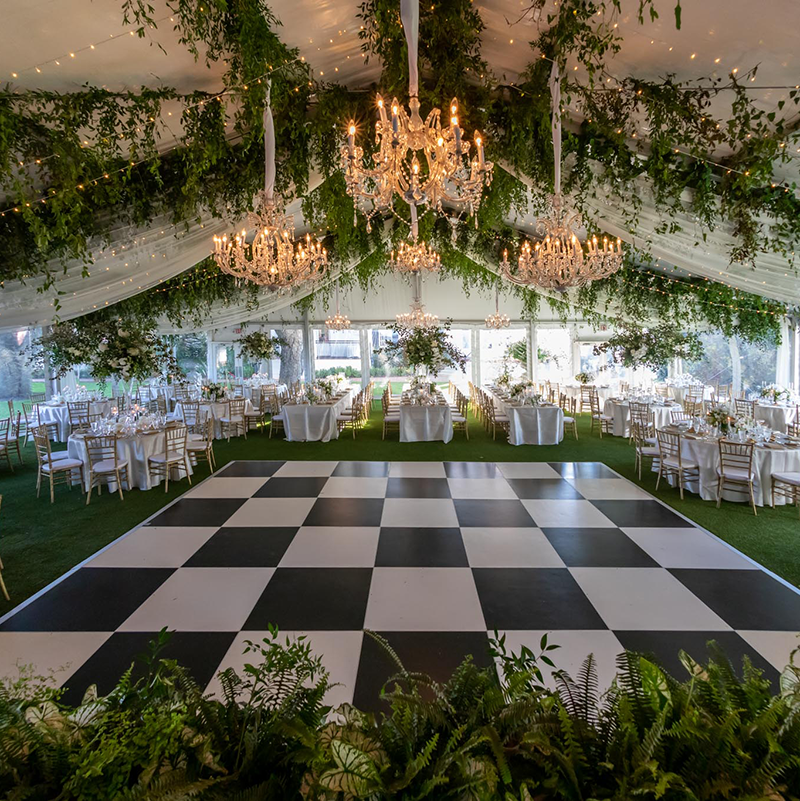Color theory is a crucial aspect of design, particularly when it relates to designing LED dance surfaces. The interplay of colors can significantly influence the mood and energy of a space. Through understanding how colors function together, creators can create an ambiance that improves the total experience for dancers. This piece explores the fundamentals of hue theory and its use in light-emitting diode dance surface layouts.

The main hues are red, blue, and yellow. These colors cannot be made by mixing other colors together. Secondary hues, such as emerald, tangerine, and violet, are formed by combining primary colors. Tertiary colors are formed by mixing a primary color with a secondary hue. Grasping these fundamental connections helps creators select colors that enhance one another and produce a aesthetically appealing display. Combining these hues on an light-emitting diode dancing surface can result to vibrant and exciting effects that capture the attention of participants.
Hue value also holds a key role in design. Colors can be categorized as hot or chill. Hot colors, such as red, orange, and yellow, tend to evoke emotions of enthusiasm and heat. In opposition, cool colors like blue, emerald, and violet typically generate a calm and soothing atmosphere. Creators can utilize these hue values to set the mood for different types of events. For instance, a celebration environment may benefit from hot hues that energize the crowd, while a more relaxed event might employ chill hues to provide a calming influence.
In furthermore to hue combinations and temperature, luminosity and intensity are essential elements to consider. Luminosity denotes to how light or dark a color looks, while intensity measures the intensity of a color. Bright, intense hues can create a vibrant and energetic atmosphere, perfect for important site dance surfaces. On the contrary hand, softer, less intense hues can create a more muted environment. By manipulating luminosity and intensity, designers can draw attention to particular sections of the dance floor or establish sight pathways, guiding participants through the space.
Finally, it is essential to take into account the psychological effects of hue in light-emitting diode visit the site dance floor layouts. Various colors can elicit various feelings and reactions. For instance, red is often linked with zeal and energy, while blue can be soothing and tranquil. Understanding these connections enables designers to strategically use colors to affect the actions of dancers. By integrating hue principles into LED dance surface layouts, designers can enhance the overall encounter, making it memorable and pleasurable for all participating.
Comments on “Enhancing Ingenuity With Color Principles in Light Emitting Diode Dance Surface Creations”